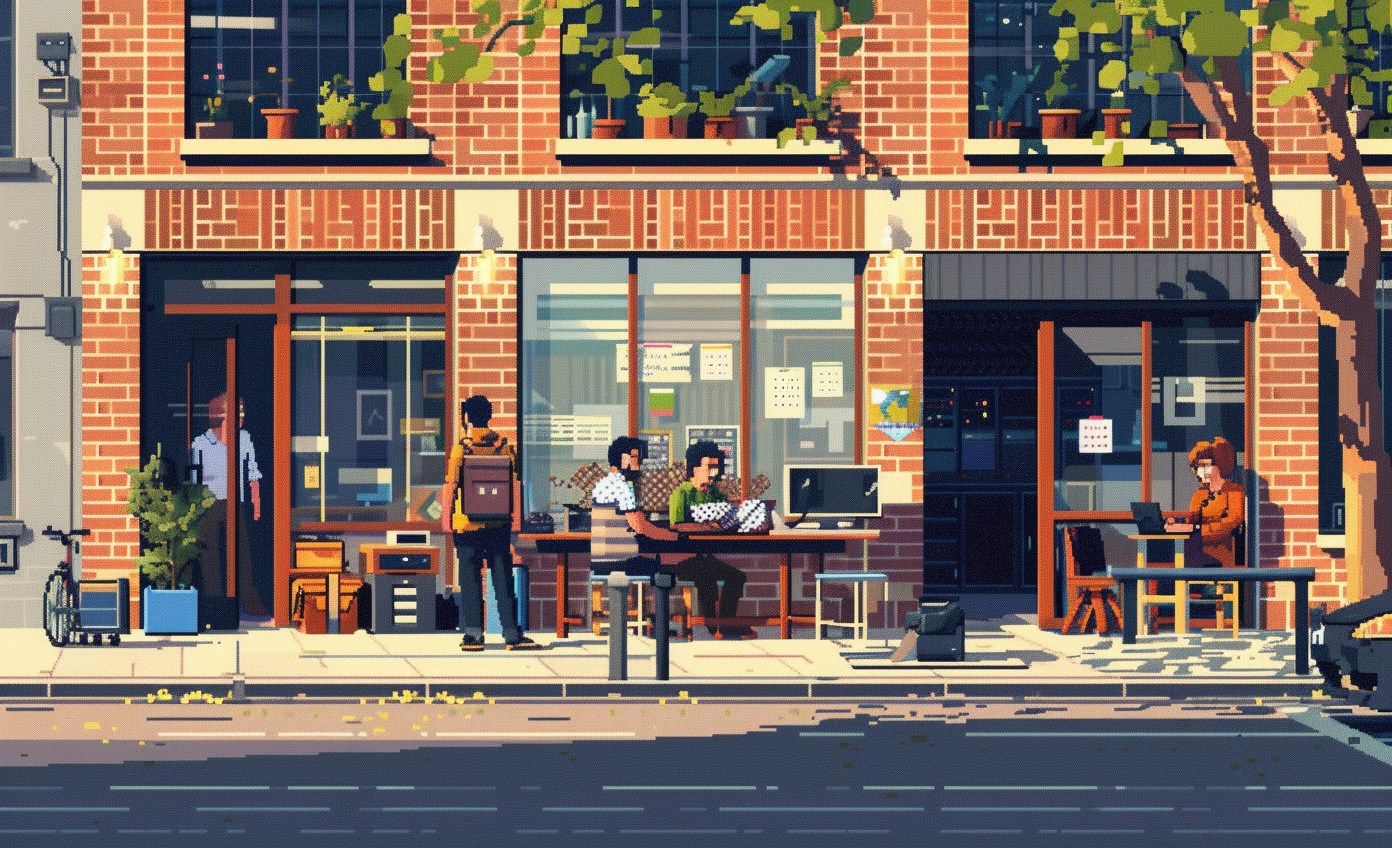Preventing Indoor Infection
- LL PBN
- LL Enhancing Environments: Preserving & Enhancing Living and Working Conditions
GBN elements
| Purpose | Issue | Scale |
|---|---|---|
| Preservation and improvement of environment | Living and working environment | Building |
| Resilience | Health and care in the community | Building |
| Social cohesion | Governance, empowerment and engagement | Building |
Art

Original text Blueprints and DT models addressing epidemiology risks: Air Quality management and integration in a feedback loop to optimize air quality and minimize airborne contamination : Vision: To protect against the mortality associated with indoor air pollution, while reducing the carbon footprint attached to the provision of comfortable indoor environments. Scope: To automatically interpret indoor environmental quality with a view to preventing the spread of virus and reducing the energy consumption: Digital Twin for indoor environmental quality monitoring: The DT objective is to monitor IEQ (indoor environmental quality) so to be able to provide the best environmental conditions to the LL/GBN users. It relies on multiple data sources, for example sensors continuously measuring air temperature, relative humidity, CO2 concentration and illumination. The measured data are transmitted wirelessly to the cloud and analysed. Finally, depending on the result of the analysis, guidelines are issued to achieve the defined levels of comfort and user safety. This can be operationalized and automated using control systems for example of the HVAC systems. Controlling disease progression by controlling people flow: Vision: To eradicate the possibility of disease transmission due to person-to-person contact with the minimum impact on the mobility of users, while optimizing the number of needed resources to guarantee a good service. Scope: To organize the people flows in public places, promoting social distancing and avoiding overcrowding. First, a virtual system which replicates the physical building is developed, based on some real information like time-related measures and and/or stochastic models. Once developed, several scenarios are tested on the simulation model to find the best solution. After the definition of the best configuration, the model is expanded with several sensors with a view to digitalizing the configuration and changing it dynamically. Specifically, with a number of cameras and beam sensors to automatically measure people flow. Finally, and with this information, the system collects real-time measurements from the physical system, analyses them to find the drawbacks, runs the virtual model and transfers the improvements found to the end user.
Mitigating Infection Risks by sharing information at the right place, to the right person, at the right moment: Having a robust a reliable data-driven and interconnected system for transmission of relevant information to the users of buildings / GBNs will ensure a much greater visibility, easier, engaging and inclusive communication and immediacy of H&S analytics and news, obligations and recommendations. This will entail a clear definition of relevant criteria and communication processes which will in turn ameliorate the ability to prevent critical points before reactive stages. This blueprint is mostly information driven, and focuses influencing and driving good behaviors. The data can come from different sources, from government to facility managers and users themselves. It can link also to the DT for occupancy and models of the LL, so that users know what to do, how to move around, .. in short how to use the building. It can provide a single source of truth / trust information to users, displayed for example at information points in the LL, or delivered through a mobile app to the building/GBN users and stakeholders.
-> Rules